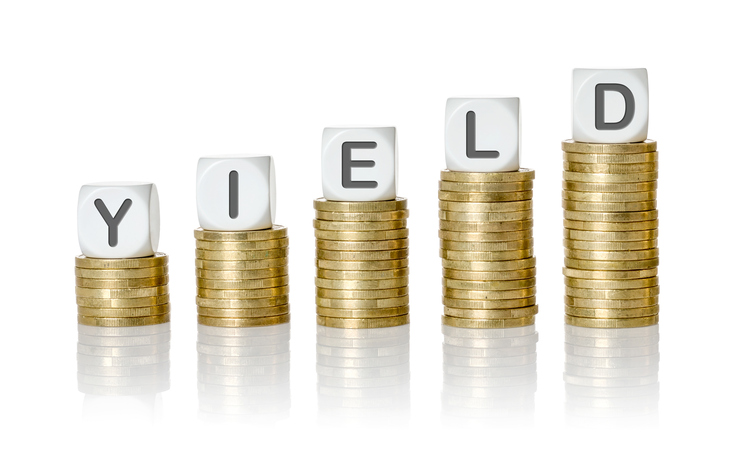The U.S. economy has picked up momentum, along with inflation, fueling expectations of a tightening monetary policy out of the Federal Reserve to head off an overheating economy. Consequently, fixed-income investors may consider an interest-rate hedged exchange traded fund strategy that can hold up during periods of rising rates.
“Given the relatively low yields that Treasury bonds offer, even quite a small rise in interest rates could quickly erode the coupon that an investor receives creating potential principal losses,” Brandon Matsui, Fixed Income ETF Portfolio Manager at Deutsche Asset Management, said in a note. “So it’s critical that, in this economic environment, fixed income investors should question the relative merits of maintaining interest rate risk in their portfolios.”
To hedge against rising rate risks, Matsui suggests investors should consider interest-rate hedge funds.
Looking at the the benchmark iBoxx USD Liquid Investment Grade Index, the underlying index for the popular iShares iBoxx $ Investment Grade Corporate Bond ETF (NYESArca: LQD), investors enjoy an attractive 3.74% yield but are exposed to a 8.5 year duration – a measure of sensitivity of a bond’s price to changes in interest rates, so a higher duration reflects a greater sensitive to rate changes.
In contrast, the Solactive USD Investment Grade Bond 0 Interest Rate Hedged Index, the underlying of the Deutsche X-trackers Investment Grade Bond – Interest Rate Hedged ETF (NYSEArca: IGIH), has a 2.1% yield and a -0.1 year duration.
“So, how can an investor evaluate whether hedging is worth the give up in yield?” Matsui asked. “Well, holding the credit spread component constant, there are really three relevant factors that will determine the total return of a bond; the duration (or interest rate risk), the yield change, and the coupon carry.”
